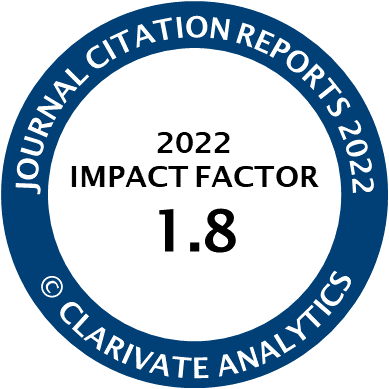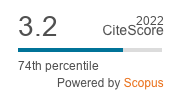Article | Open Access
A Demand-Side Approach for Linking the Past to Future Urban–Rural Development
| Views: | 1605 | | | Downloads: | 973 |
Abstract: Is economy-led urbanization the only answer to urban planning? By 2050, about 70% of the world population will live in urban areas, intensified by rapid urbanization in developing countries. A new urban development framework is critically relevant to investigating urban living’s emerging complexity for advancing human-social-economic-environmental sustainability. The multi-disciplinary study explores a roadmap for solving industrialization’s adverse effects to inform future resilient development in developing countries. The classical Maslow’s Hierarchy of Needs (MHN) and some scholars have stated that human physiological needs would be prioritized and fulfilled by developing countries, and psychological needs would be satisfied and desired by developed countries after fulfilling physiological needs level. Our study argued that transit-oriented-development (TOD) and ICT could simultaneously fulfill some essential physio-psychological needs with digital-ruralism. Structural equation modeling (SEM) was adopted to test the indicator-based MHN theory developed by literature, urban quality of life (Uqol) evaluation between the developing and developed countries, and backed by digital-ruralism success in developing China. The Uqol evaluation identifies the developing countries’ subjective well-being demand as the health, mobility, governance, environment, social, economy, human capital, technology-ICT, smart living, and lifestyle, which are used to transform the classical MHN model to the indicator-based MHN model. The SEM subsequently illustrates that the observed well-being indicators are positively correlated to the TOD and ICT, defined by the proposed urban-ruralism development framework. The study contributes to an innovative approach to reconnect the classical MHN theory to contemporary sustainable urban planning while narrowing the socioeconomic-environmental gap between the developed (urban) and developing (rural) domains, which encourages a paradigm shift for future resilient urban development in the developing countries.
Keywords: digital-ruralism; Maslow’s Hierarchy of Needs; post-industrial development; quality of life; resiliency; sustainable urban development
Published:
© Schuman Lam, Heng Li, Ann Yu. This is an open access article distributed under the terms of the Creative Commons Attribution 4.0 license (http://creativecommons.org/licenses/by/4.0), which permits any use, distribution, and reproduction of the work without further permission provided the original author(s) and source are credited.




